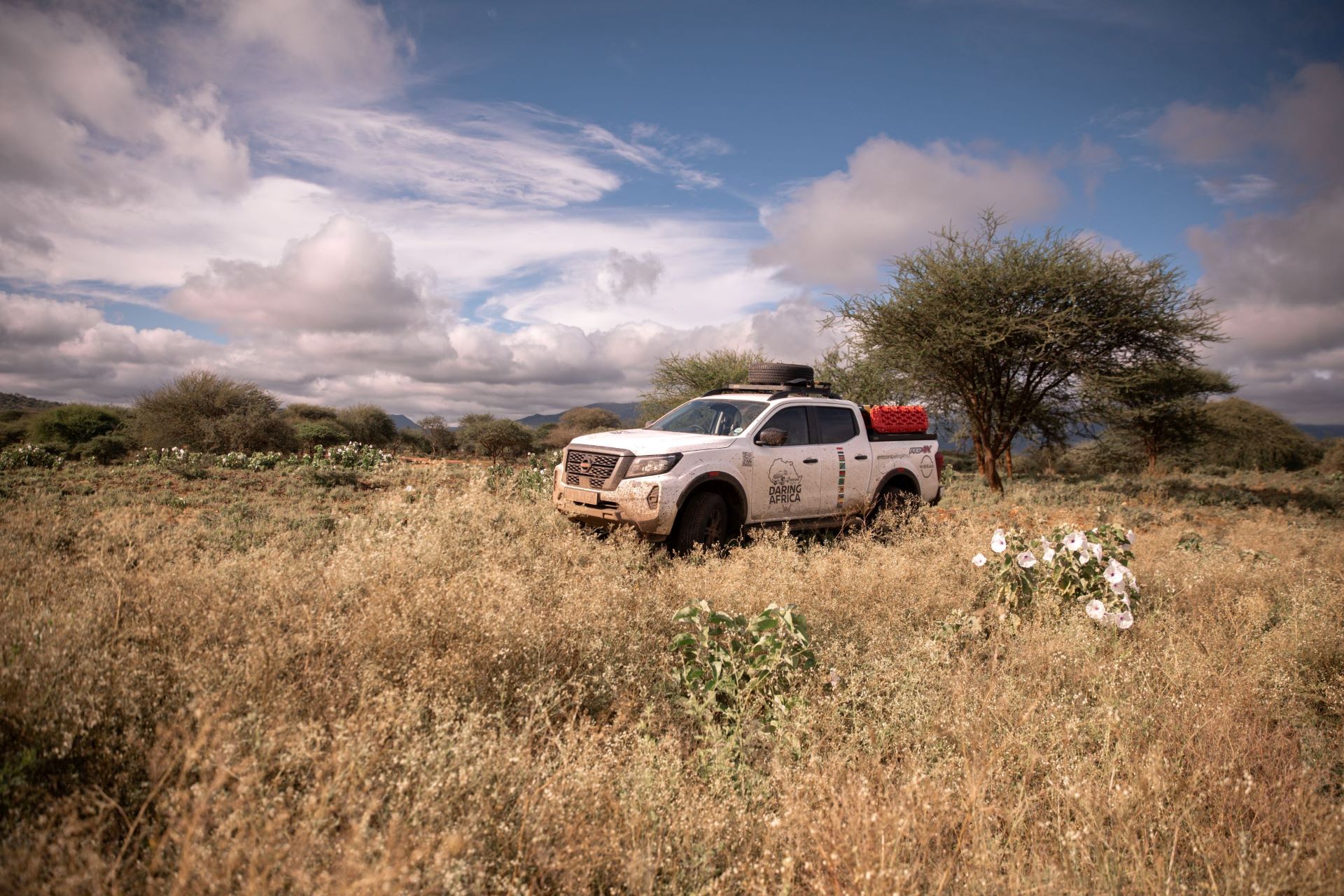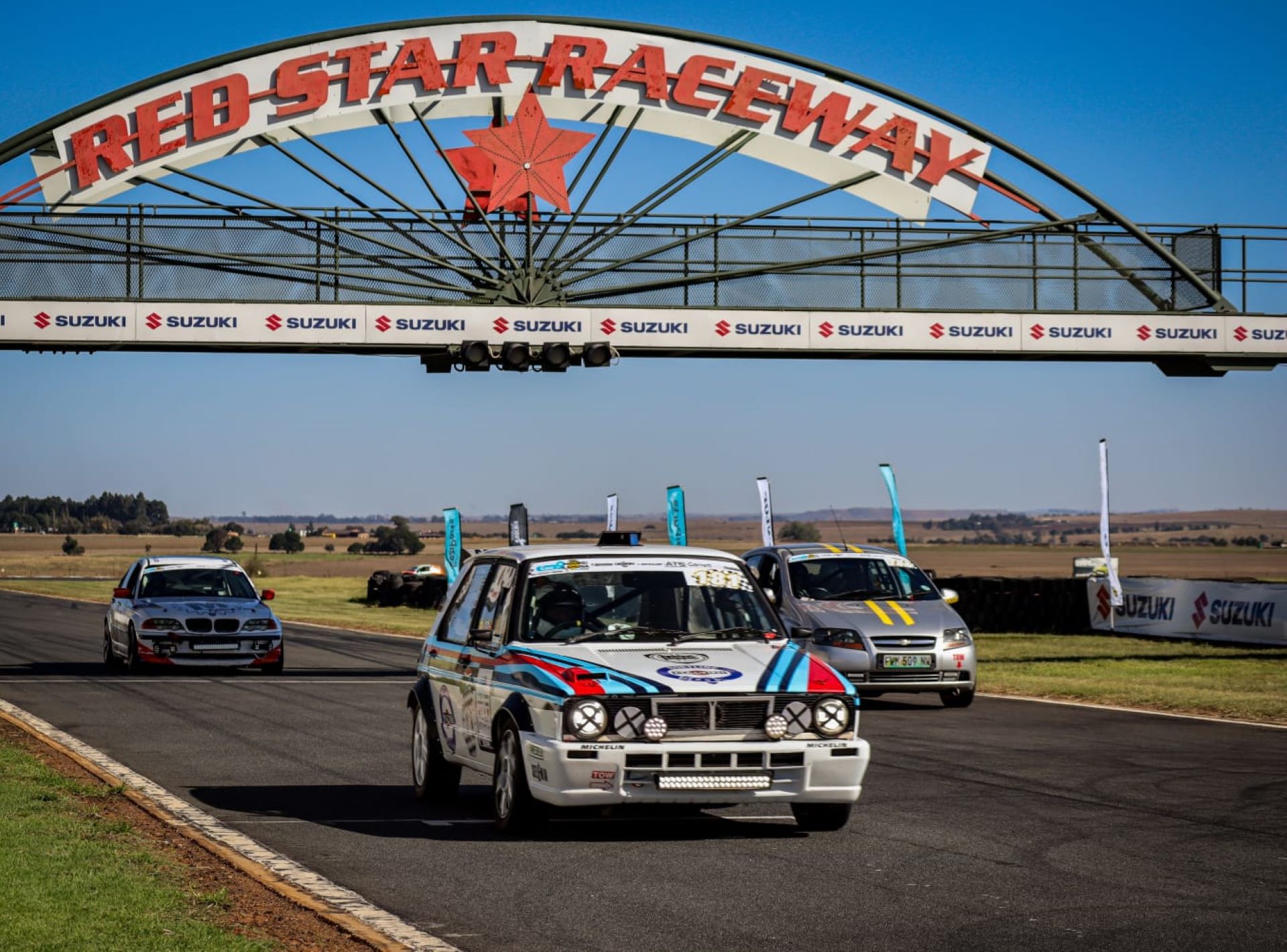The Mercedes-Benz E-Class continues on the road to success and remains an exciting model in the extensive Mercedes-Benz line-up at the Johannesburg International Motor Show (JIMS) in October 2011.
“Globally we have delivered more than 550,000 vehicles of the E-Class family to customers, and the E-Class remains a key pillar of growth for Mercedes-Benz. We offer our customers an extensive range of products in this segment, including a sedan, an estate, a coupé, and a cabriolet,” says Vice President Sales & Marketing, Mercedes-Benz South Africa.
At the same time, the E-Class is setting benchmarks not only for market success but also with regard to safety, profitability, and efficiency. Thanks to new engines, the new E-Class’ fuel consumption has been reduced by up to 20 percent. The automatic transmission version of the E 250 CDI BlueEFFICIENCY, for example, consumes only 5,8 liters of fuel per 100 kilometers in the NEDC and emits 154 grams of CO2 per kilometer.
Persistent market success
Around 376,000 sedans, 64,000 estates, and more than 110,000 coupes and convertibles have been sold to date. As a result, a total of about 550,000 customers have bought a vehicle of the E-Class family.
The predecessor of the current E-Class was also successful worldwide, and a total of 1.6 million sedans and estates of the 211 series were delivered to customers in the years after the vehicle was introduced on the market in 2002.
Locally the E-Class range had a staggered introduction, with the sedan being introduced in October 2009, followed a few months later by the coupé and the estate in March 2010. The E-Class family has been complete since the introduction of the cabriolet in April 2010.
A benchmark for efficiency, safety, and economy
More than ever before, new gasoline engines and an optimized powertrain have made the Mercedes-Benz E-Class the benchmark for efficiency in its segment in 2011. All of the car’s gasoline and diesel engines are now equipped with direct injection.
Other features that help to reduce fuel consumption by up to 20 percent include the standard-fitted ECO start-stop function and the optimized 7G-TRONIC PLUS seven-speed automatic transmission, which is now also available for the four-cylinder engine variants. The automatic transmission versions of the E 250 CDI BlueEFFICIENCY (150 kW) consumes only 5,8 liters of fuel per 100 kilometers in the NEDC and emits 154 grams of CO2 per kilometer. This makes the E 250 CDI BlueEFFICIENCY the most efficient upper-range diesel model for its output rating.
An internationally unparalleled combination of state-of-the-art assistance and protection systems make the E-Class the trendsetter in the field of safety. A number of assistance systems are available to customers, including the standard-fitted ATTENTION ASSIST system, which monitors more than 70 parameters to determine a driver’s level of concentration, enabling it to warn the motorist in time if he or she is suffering from fatigue. Just as unique is the optional Adaptive High-Beam Assist, a superb feature in the Intelligent Light System package.


